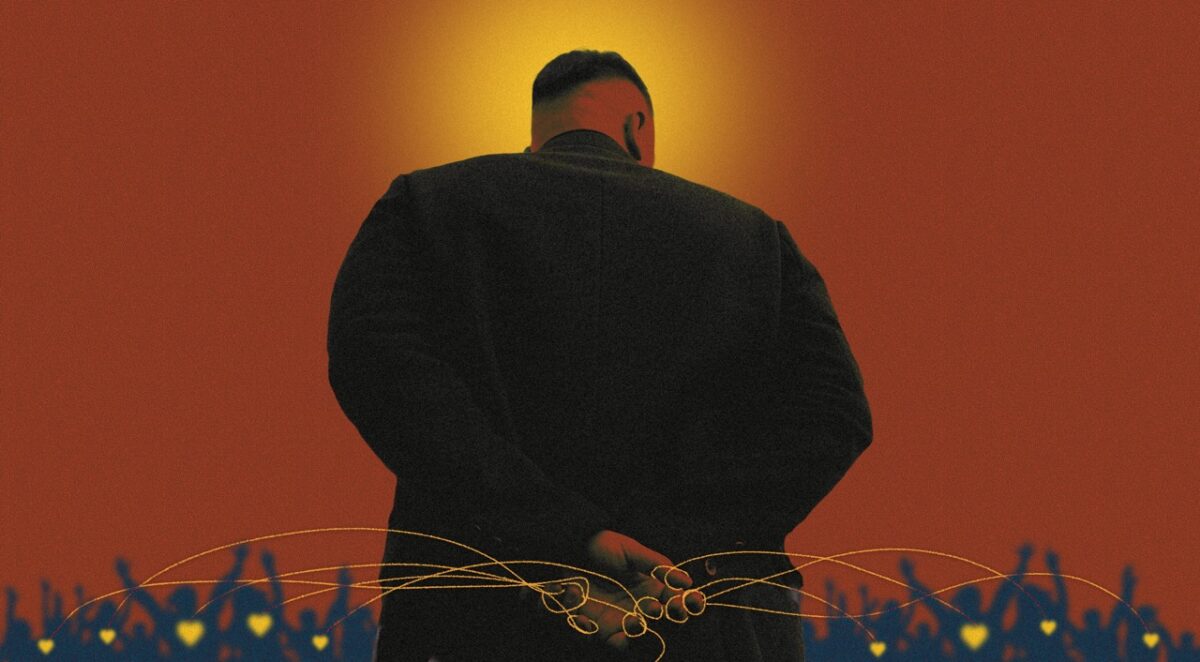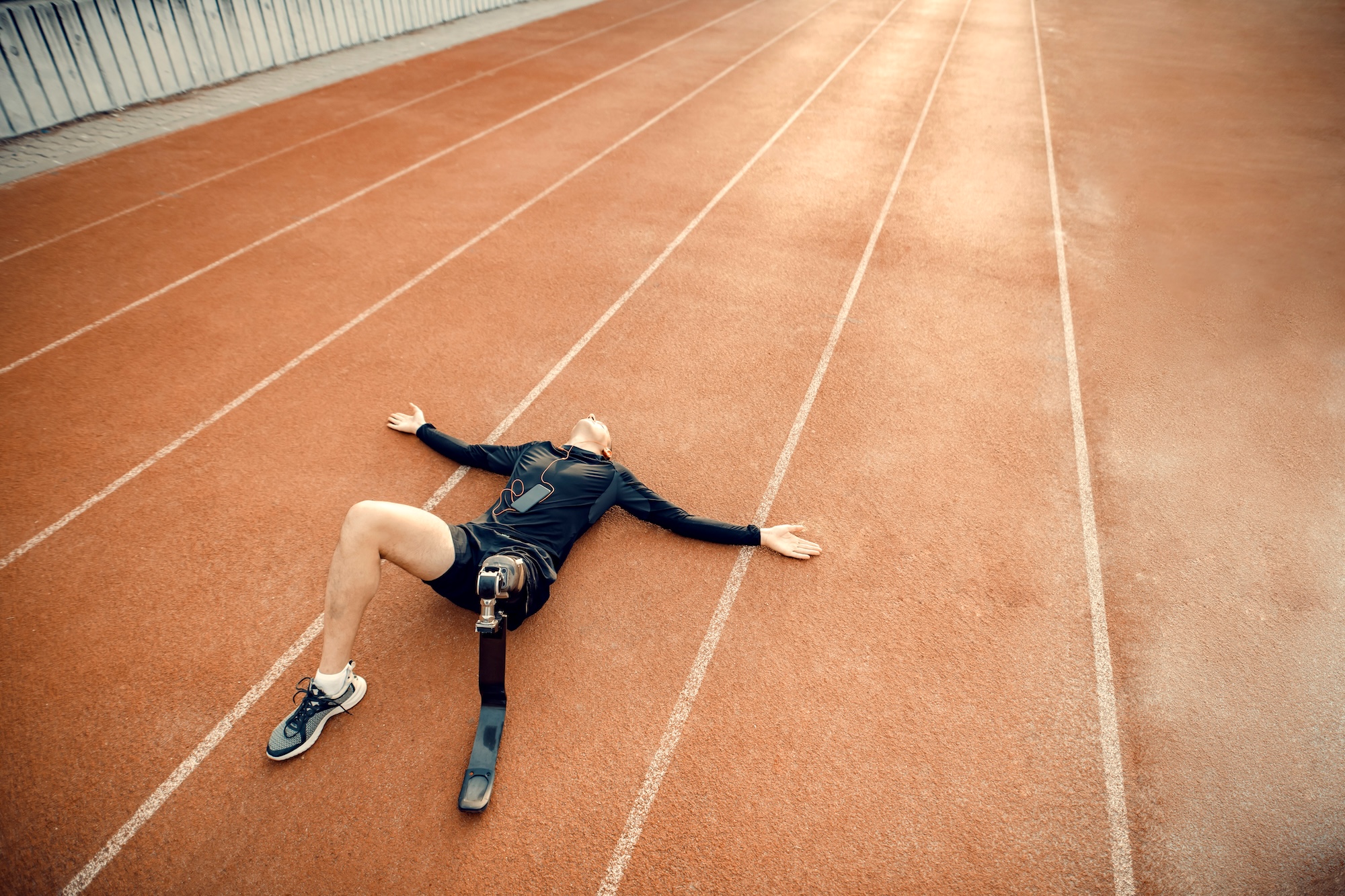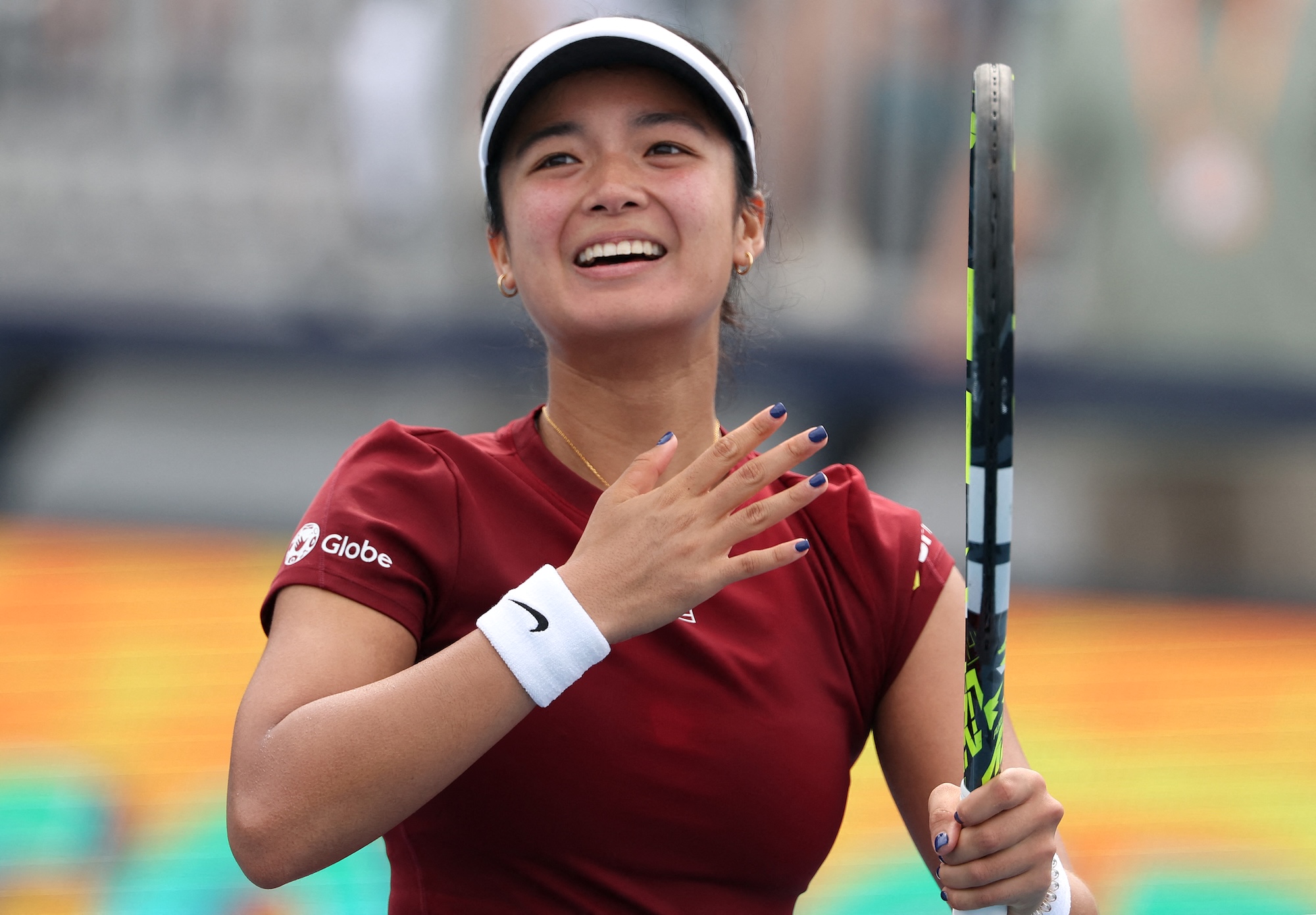Athlete burnout is a result of chronic stress from excessive sporting demands
Photo by RUN 4 FFWPU/Pexels
Burnout is inevitable. A person cannot avoid physical and mental exhaustion, especially when the environment demands more than they can handle. The same goes in sports where athletes face chronic stress or the feeling of being trapped by circumstances that lead to athlete burnout.
But what exactly is athlete burnout?
According to the National Collegiate Athletic Association, athlete burnout is a cognitive syndrome of being in complete mental and physical exhaustion as well as having an absence of motivation. Also known as overtraining syndrome, athlete burnout happens when someone experiences a decline in performance despite consistent training, a reduction in their accomplishments, and a decreased interest in their sport.
While there are a number of reasons why an athlete could suffer from burnout, Henrik Gustafsson, author of the 2007 study Burnout in Competitive and Elite Athletes, says that “motivation, stress, overtraining, role conflict, parental pressure, and maladaptive perfectionism are possible main causes of athlete burnout.”
Burnout promotes strength and stamina losses and chronic fatigue, which could be detrimental in the long run
Athlete burnout could lead to emotional issues such as disinterest, moodiness, and irritability. It also affects self-esteem and increases anxiety and depression among others. Burnout also promotes strength and stamina losses and chronic fatigue, which could be detrimental for the athlete in the long run. But through awareness, athletes can fight off burnout
Fighting burnout
The only treatment for athlete burnout is to take a break. This will force the athlete to mentally rest and allow the brain to recover. The time required varies, generally from four to 12 weeks depending on the type of sport, skill level, competition, and severity of symptoms.
Time away from the sport also means getting enough sleep. This way, athletes get the opportunity to restore their physical and mental well-being. They can also use the break to attend to other responsibilities they missed out on or rekindle relationships that are necessary for a well-rounded life. Here are some steps to take to address burnout:
The root cause of burnout
- Are they experiencing too much pressure at home or from their coach?
- Can the athlete control their participation or is there someone forcing them to participate?
A new training approach
- The athlete could find a new routine that would make their schedule more flexible
- Athletes should compartmentalize their responsibilities
- Athletes should get feedback from coaches, mentors, or teammates on how to improve performance
- Find ways to train smart instead of training hard
Slowly get back into the sport
- Athletes shouldn’t rush back into the sport but instead do minimal drills
- Focus on the new training approach and assess if it works better
- If possible, allot one or two days per week to rest










































